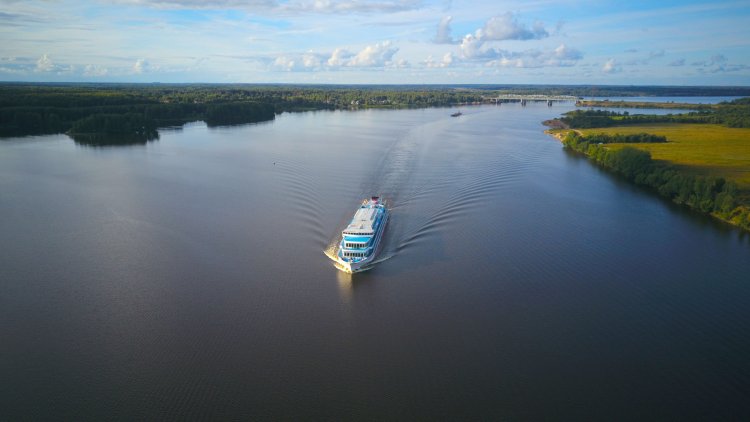It looked strange in the first half of the nineteenth century: a paddle-wheel boat had neither smoking chimney nor a rattling engine. Passengers did not assist the boat with their oars, but nevertheless slowly, it moved upstream. On September 25, 1838, the first electric boat, a vessel powered by electricity, was tested on the Neva River.
After Michael Faraday demonstrated the principle of converting electrical energy into mechanical one by means of electromagnetic field in 1821, there have been many inventors trying to create an electric motor that could be used in certain industries. “How to make the core move in an electromagnet field in the same way as the piston of a steam engine, i.e., in a reciprocating motion?”, that was the problem scientists were trying to solve. The German and Russian physicist Moritz Jacobi (Boris Semyonovich Jacobi) approached the problem from a different angle: he proposed the construction of an engine with rotary motion. Moritz Jacobi created the first electric engine with rotary motion in 1834.
Two groups of magnets: four stationary ones were mounted on a rack and the rest were mounted on a spinning rotor. The scientist used a commutator he invented to alternate the polarity of moving electromagnets. The engine was powered by galvanic batteries, its approximate power was 15 W, and the rotor span at a speed of 80-120 rpm.
Jacobi continued improving the engine and in 1837 he proposed Count Sergey Uvarov, Minister of Public Education, to use the electric engine for practical purposes. So, Nicholas I gave an order to establish a commission “for conducting experiments on the adaptation of electromagnetic power to the movement of machines according to the method of Professor Jacobi,” the commission was headed by Admiral Ivan Kruzenshtern.
In order to create an engine and install it on a vessel, 50 thousand rubles and a boat for 14 people, which was originally designed for 8 oars, were allocated. The boat was eight meters long, 2.3 meters wide, and had rowing paddle wheels as a driving element. Inside the boat, on its sides, there were 320 copper-zinc galvanic cells that powered the engines. During the first official tests, the first electric boat traveled 14 kilometers up and down the Neva River in 7 hours.
Since then, the development of electric engines for practical use had begun. Both batteries and engines were improved; the power and speed of ships were increased. Over time, Moritz Jacobi's ideas became popular abroad.
Today, besides the quiet operation of engines, electric motors are considered to have the advantage of being able to quickly and smoothly change the speed and direction of a driving element’s rotation. Moreover, different sources of engine power are used. Diesel-electric boats have an internal combustion engine on board. Small electric-powered boats are powered by batteries. Today scientists are experimenting with the use of solar panels as a power source for electric engines.
Photo: kolashtov / ru.123rf.com
Based on open sources






















